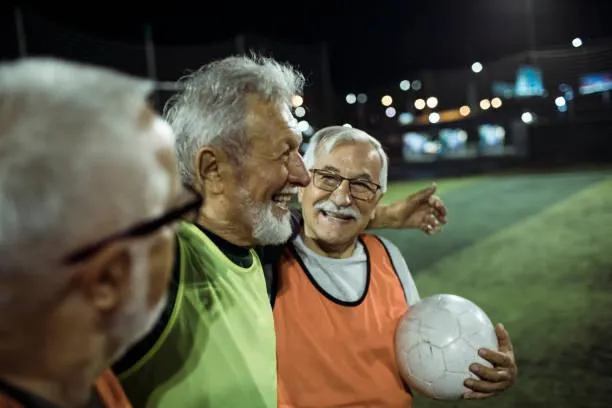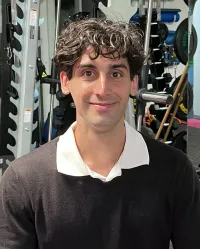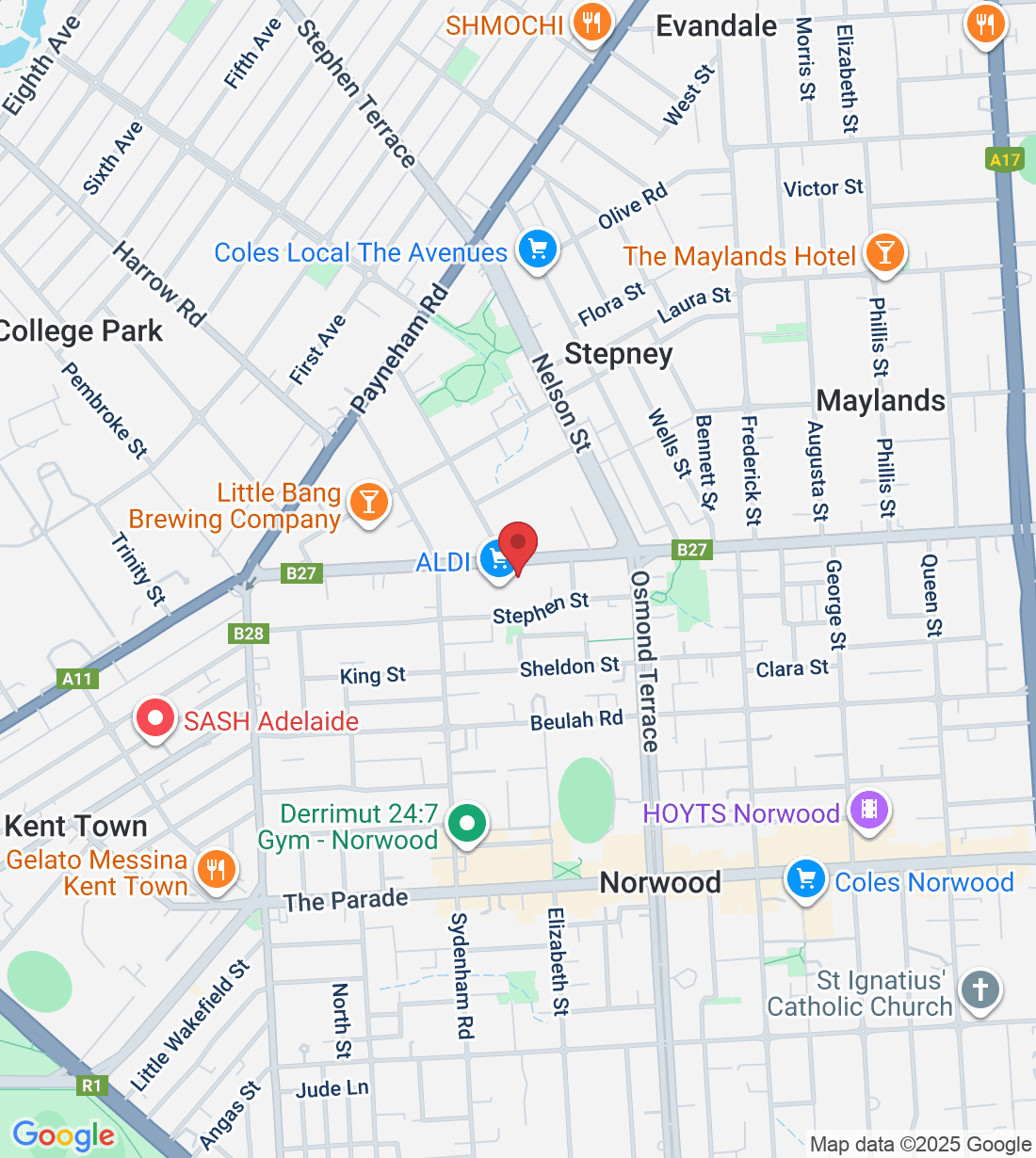
Return to Sport in Older Adults
When you think of ‘return to sport,’ you usually think of time off after an injury - intense rehab after an ACL rupture on the football field, lower back pain in fast bowlers, or recovering after a shoulder surgery.
As the star player of Trinity Gardens’ worst performing tennis team, I help patients of all ages return to the sport they love: lots of kids with their Osgood Schlatters, young adult footballers with unstable shoulders, and mothers with hip pain from running. However, what if we expanded ‘return to sport’ to consider older populations who, instead of hobbling off the field from an acute pain or trauma, are struggling to return to the game due to chronic pain, poorer coordination, or fear?
This blog will highlight the benefits of sport, why older generations may not play as much sport as their younger peers, and what can be done about it.
Benefits of sport
There are countless blogs on the Vital Core website and throughout the internet that explore the benefits of exercise in general, including overall health, pain management and mobility. However, compared to exercising alone, sport in particular has two main differences to general exercise that can help people remain consistent and accountable to their exercise goals.
Firstly, there is a social element - teams gather for training and matches, and often for drinks or social gatherings afterwards, fostering new friendships - research is clear that a social component for exercise is increasingly important for older generations (you win, Friday morning Mature Movers!).
Secondly, there is the element of fun and competition. I’ve always considered that the best exercise for anyone in general is the one that they’re actually going to do - the one that they actually enjoy. If you love or miss a competitive edge, then partaking in sport is a great way to improve your fitness while having a good time.
Why do older populations play less sport?
Sadly, there are many reasons that prevent older populations from engaging in sport. First and foremost, there is the overall concern of the higher risk of injuries, or exacerbation of previous pains, that can come from sport. Most prevalent are knees being “bone on bone,” chronic lower back pain and wrist or shoulder pain. And it’s a warranted concern - your body does change as you get older, making it harder to be as physically active.
There are also life commitments that get in the way. As you get older, responsibilities change - full-time work, decades of child raising, or the never-ending chauffeuring grandchildren around - it’s hard to return to sport after such changes in your life. There is also the social stigma - many sports don’t cater for older populations, and the ones that do, some find embarrassing or uninteresting.
What can be done - load management
If you want to get back into your sport, and you think the real deal may be too hard, the first thing to do is see if the sport you love has any modifications that can suit you. There are plenty out there, including varieties of:
● ‘Walking’ - walking netball, basketball or soccer
● Less impact - touch footy, Austag
● Smaller courts/fields (less movement) - Pickleball (compared to tennis), indoor soccer
● Changes in equipment - different balls/racquets for tennis, lighter balls for bowling
These changes can reduce your overall repetitive load, and help you return to what you love while minimising the risk. These changes can be made for the short- or long-term, meaning you can adapt if you’re feeling a bit stronger or competent. It’s also important to consider other ways to prevent injuries if returning to sport, such as not overdoing it when you return, making sure you warm up and cool down appropriately, and considering other lifestyle factors, such as sleep and nutrition.
What can be done - strength training
If you're worried about how your body would cope returning to sport, then you can consider getting your body strong enough to handle the demand. In the same way it makes sense for younger athletes to rehab their knees or shoulders to get back on the field, why is it unreasonable to think that older populations can’t do that?
Yes, it’ll be harder and might take more time, and you may not ever reach the peaks of your athletic prime, but there are considerable benefits for strength training for older populations that you’ll reach along the way, including a decrease in risk of hip and knee replacements, and increased functionality and independent living. So, even if you don’t make it to the top again, your body will benefit in the long-run.
Conclusion
Overall, returning to sport is not just for the young. If you enjoy or miss that competitive environment, then I recommend you consider a path to get you back, through either modifications to your sport or building up your strength to better handle the movements. Regardless, getting back will be a win for you both on and off the court.
Ask a question of Vital Core Physiotherapy
Fill in the form to request a Call From Our Team
One of our team will call you for FREE and answer any questions or concerns you may have about your condition
© 2023 Vital Core Physiotherapy





